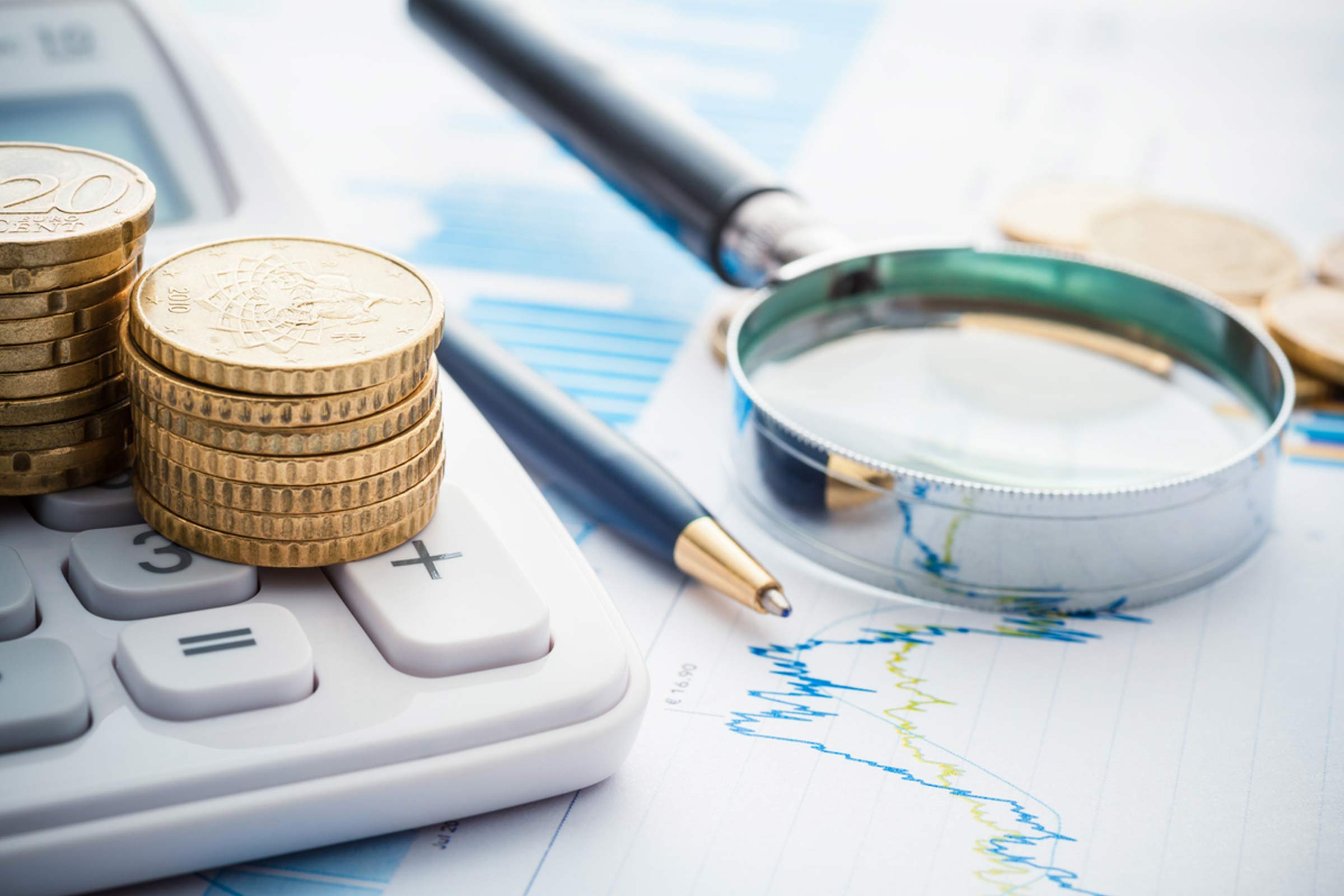Herramientas y métodos para gestionar las deudas correctamente

Herramientas y métodos para gestionar las deudas correctamente
Este pódcast está locutado con la ayuda de herramientas de Inteligencia Artificial.
La deuda, como concepto, es muy familiar y, en principio, suele entenderse fácilmente. Pero en algunas ocasiones no se tiene en cuenta cómo la deuda puede afectar al funcionamiento de la economía a todos sus niveles. La obligación que se adquiere de devolver los fondos que han sido aportados por terceros, se denomina deuda o endeudamiento financiero.
Esto es uno de los mecanismos básicos para el funcionamiento de la economía. Pero siempre se debe tener en cuenta el cuidado de la salud financiera, ya sea de particulares o empresas. Además, a la hora de pedir un préstamo hay que ser conscientes de que a esa cantidad normalmente hay que añadir otros gastos, como las comisiones o intereses.
Para hacer frente a esas deudas una posible opción podría ser agrupar la cuantía de todos los préstamos en uno solo. Esa reunificación permite pagar una sola cuota mensual, cuyo importe será menor que la suma de las que se pagaban previamente. Bien es cierto que se incrementará el plazo de amortización y, por tanto, el coste final debido a los intereses.
La reunificación de deudas no es especialmente complicada, pero sí que requiere un estudio en cada caso particular por parte de una empresa mediadora. Esta analizará las deudas, los intereses y los plazos de amortización que quedan. Una vez aprobada la operación, se comenzaría a negociar con las diferentes entidades bancarias las nuevas condiciones de pago.
Hay que tener en cuenta que las deudas se van acumulando a través de tarjetas de crédito, préstamos personales, hipotecarios y automotrices. Si no se tiene un control de los gastos puede afectar tanto a la salud financiera como a la física, ya que genera frustración, angustia e impotencia. Limitar lo que se gasta con la tarjeta de crédito puede ser un primer paso para que no haya un endeudamiento excesivo.
Pero ¿cómo gestionar y acabar con las deudas? No hay una fórmula mágica, pero se debería establecer un plan para así hacerles frente. Asumir que hay un endeudamiento e intentar acotar los gastos. Una parte para tener en cuenta a la hora de gestionar las deudas es identificar el tamaño de estás para poder saber con qué dinero se puede contar para pagarlas.
También sería una opción hacer una lista enumerando los montos tanto de los gastos fijos como de los variables. Así, se podría localizar aquellos gastos prescindibles. Otra forma sería usar diferentes métodos para disminuir las deudas. Uno de ellos se denomina “avalancha”. Este método se centra en atacar el pago de las deudas que tienen una mayor tasa de interés.
Una vez liquidada esa deuda con la tasa de interés más alta, ya se podría destinar el dinero que se usaba para ese pago a la siguiente deuda con la mayor tasa de interés y así sucesivamente. Hay que tener en cuenta que este método puede tardar más tiempo en reflejar la disminución y en ocasiones, para algunas personas, puede ser desalentador.
Otra herramienta que ayuda a reducir las deudas de manera sencilla es el método Snowball o Bola de nieve. La clave de este método es ir eliminando las deudas de menor cantidad primero. Es decir, se basa en poner un saldo extra para pagar la deuda más pequeña primero, realizando pagos mínimos en las demás hasta que esta quede eliminada.
Una vez que esto suceda, el dinero que estaba destinado a pagar esa deuda será designado a la siguiente más pequeña. Este método se ha posicionado como uno de los más efectivos de cara a reducir deudas. Porque está basado en pequeños esfuerzos económicos más sencillos de aplicar.
Los resultados se consiguen de manera más fácil y rápida, aumentando así la motivación al ver más cerca la resolución de la deuda. Una vez se decida qué método seguir, se debe ser constante a la hora de realizar el plan y conocer la capacidad de endeudamiento que se puede tener.
Uno de los puntos clave a la hora de afrontar los objetivos es tener una buena organización. Para ello, existe una gran cantidad de aplicaciones que facilitan esta tarea. Ya sea para aquellas personas que quieren reducir sus deudas o para aquellas que quieran ahorrar.
Un ejemplo de estas aplicaciones es Mi día a día, de BBVA, con ella el dinero que se tiene está bajo control. Permite ver los ingresos y ordenar los gastos por categorías. De esta forma, se puede planificar mejor y tomar decisiones a la ahora de ahorrar. Además, se puede tener una visión de los movimientos previstos, tanto de ingresos como de gastos.
